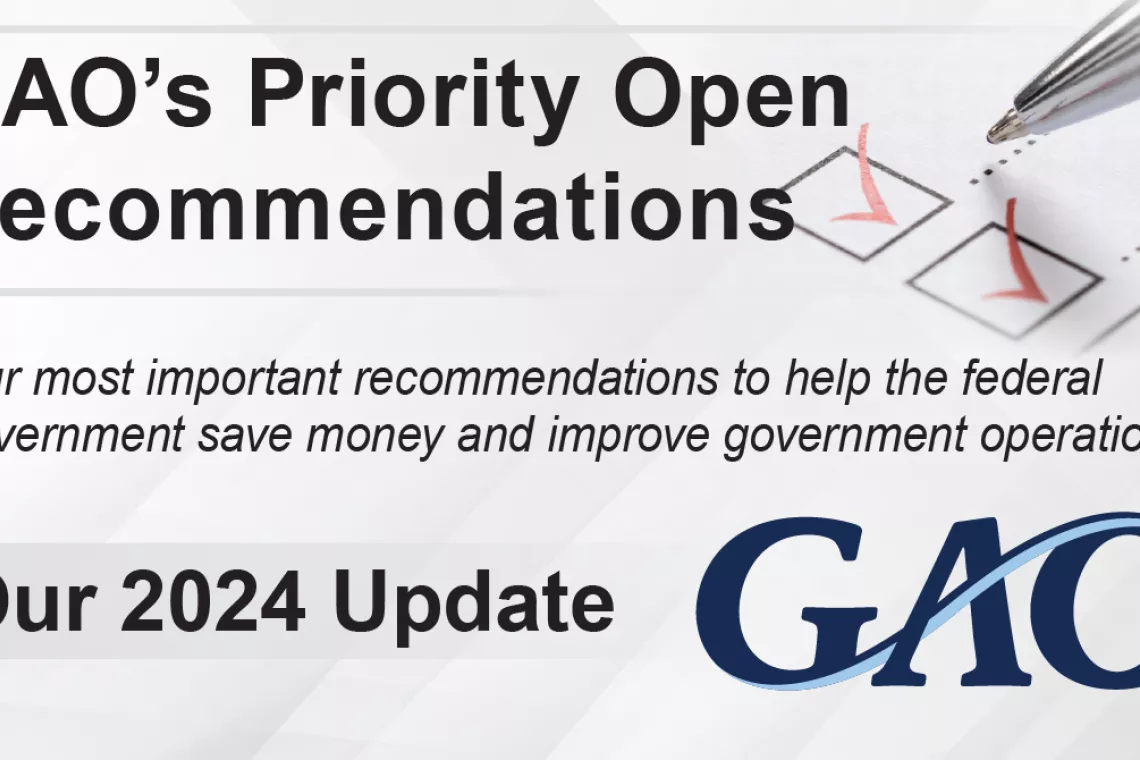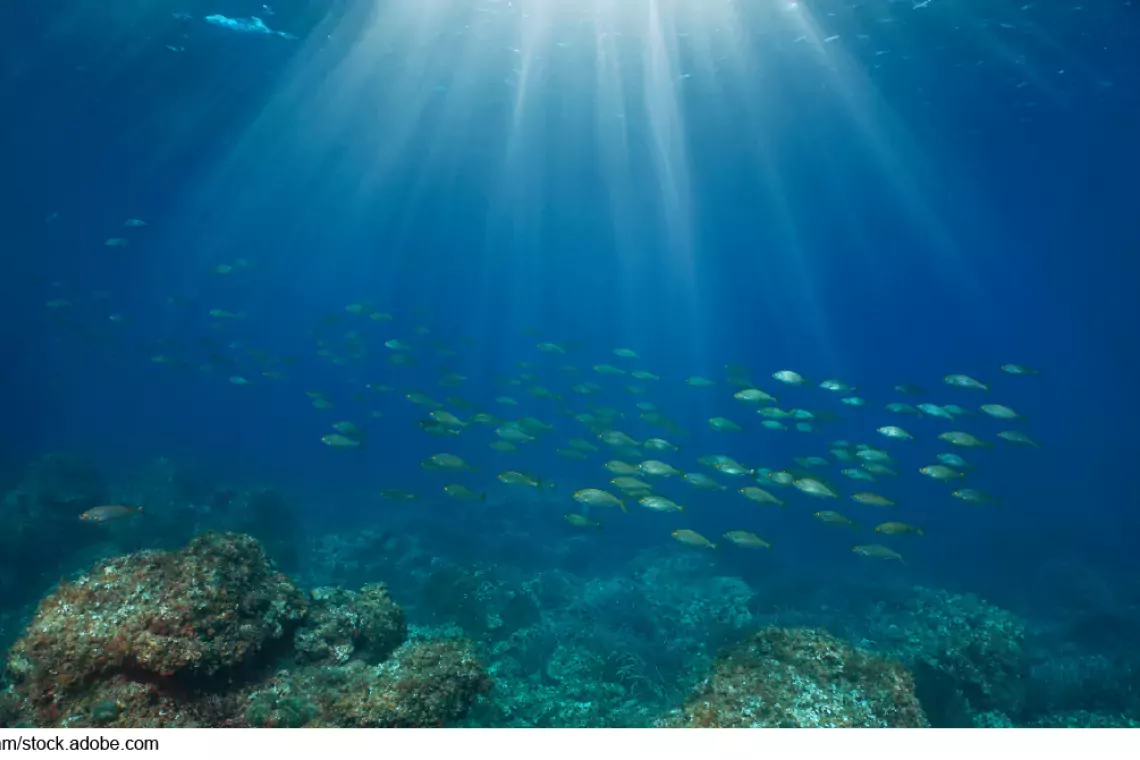An Introduction to GAO’s High Risk List
No matching provider found.
As an agency, we focus on improving the operations of a large, complex federal government that is responsible for trillions of dollars. In 1990, we started a program to report on government operations that we identified as "high risk” due to their greater vulnerabilities to fraud, waste, abuse, and mismanagement, or their need for fundamental transformation.
Since the beginning of the High Risk program, we have updated the High Risk List and reported on the status of progress to address high-risk areas—generally coinciding with the start of each new Congress. Our most recent report, issued in February 2013, discussed 30 high-risk areas.
You can watch a welcome video from the Comptroller General of the United States for an introduction to the report.
In the report, we identify for each high-risk area:
- Why it is high risk
- What GAO has found
- What remains to be done
In our 2013 report, we removed two areas from the High Risk list because sufficient progress had been made:
- Management of Interagency Contracting
- Internal Revenue Service Business Systems Modernization
In addition, we added two areas:
- Limiting the Federal Government's Fiscal Exposure by Better Managing Climate Change Risks
- Mitigating Gaps in Weather Satellite Data
As described in our podcast, progress in High Risk areas is possible with concerted Congressional and executive branch action and thorough follow-up. Our next update to the High Risk report will be in early 2015.
Comments on GAO’s WatchBlog? Contact blog@gao.gov.
GAO Contacts
Related Products

GAO's mission is to provide Congress with fact-based, nonpartisan information that can help improve federal government performance and ensure accountability for the benefit of the American people. GAO launched its WatchBlog in January, 2014, as part of its continuing effort to reach its audiences—Congress and the American people—where they are currently looking for information.
The blog format allows GAO to provide a little more context about its work than it can offer on its other social media platforms. Posts will tie GAO work to current events and the news; show how GAO’s work is affecting agencies or legislation; highlight reports, testimonies, and issue areas where GAO does work; and provide information about GAO itself, among other things.
Please send any feedback on GAO's WatchBlog to blog@gao.gov.




